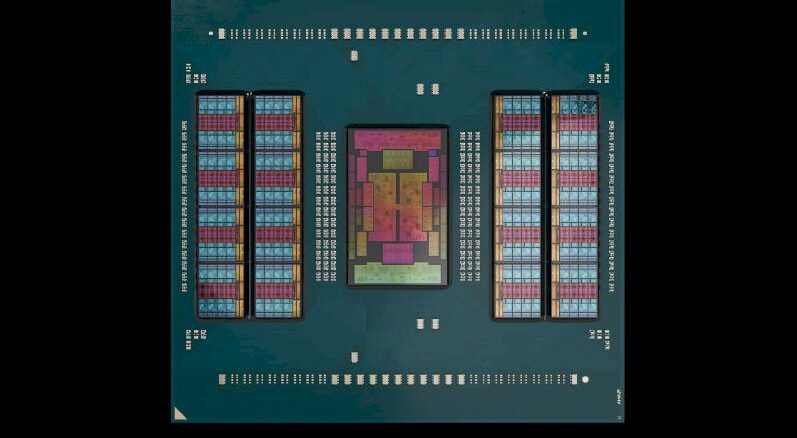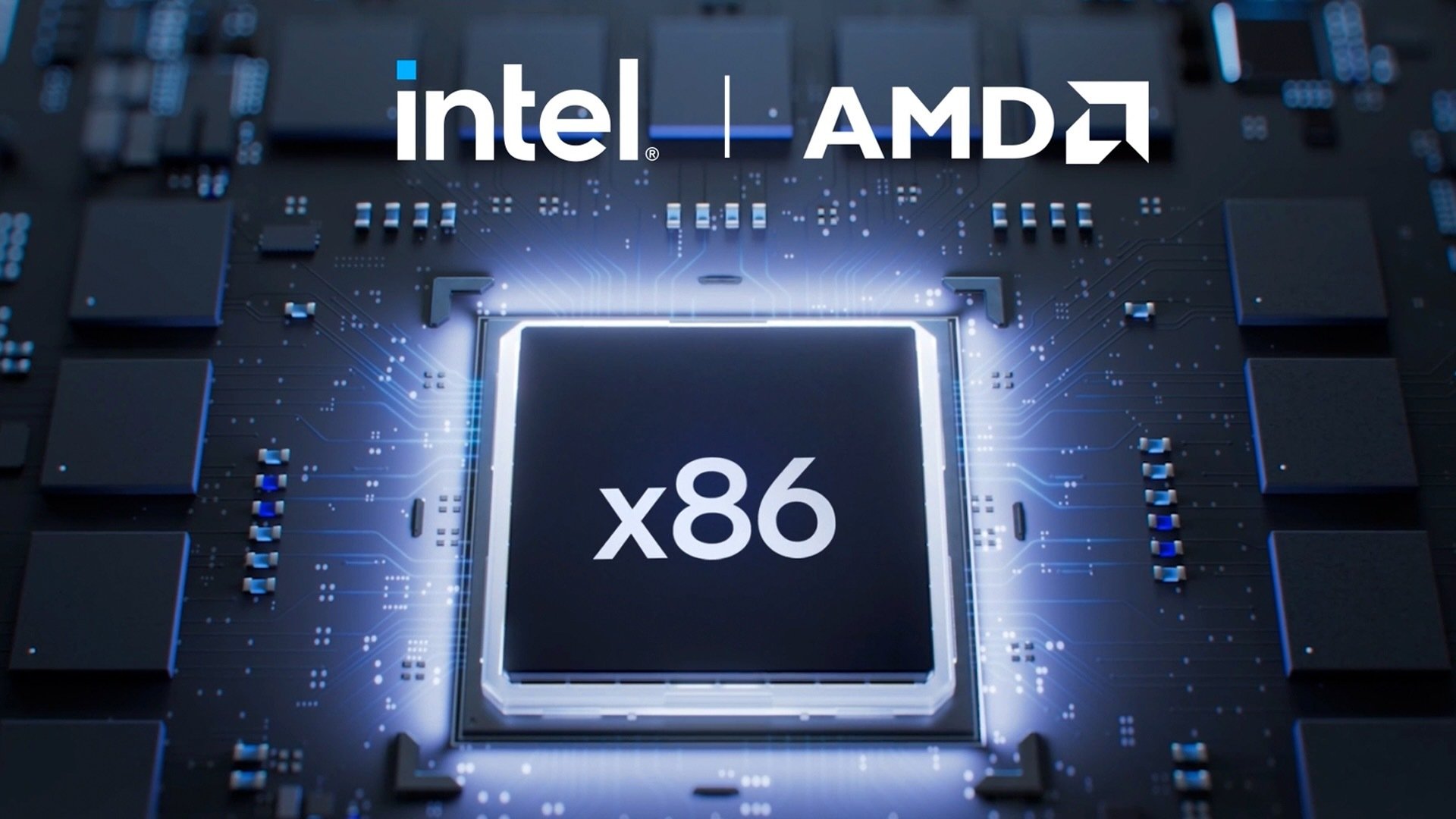AMD Turns The Screws with “Turin” Server CPUs
When contemplating an upgrade to your X86 server fleet, the landscape is currently buzzing with excitement. Enterprises and hyperscalers alike seem poised to invest heavily in their computing infrastructure. Amid this activity, both AMD and Intel have unveiled their latest and greatest offerings: top-tier serial compute engines that promise enhanced performance and efficiency.
Intel vs. AMD: The Battle Continues
Intel still holds the lion’s share, with two-thirds of X86 server CPU shipments under its belt. Given this substantial market presence, its recent advancements are noteworthy. They have nearly leveled the playing field with AMD despite a small manufacturing process disadvantage. AMD, with its newly launched “Turin” Zen 5 and Zen 5c architectures, continues to outperform with their price-performance ratio. This competitive edge suggests that AMD is likely to capture an increasing slice of the market.
As I ponder these developments, I can’t help but speculate on the potential for a price war between these two giants. If AMD and Intel ever reach genuine parity in terms of process and performance, one may blink first, igniting a race to the bottom that could benefit consumers dramatically. Talk about a game-changer!
 AMD’s latest chip architecture showcases an impressive design.
AMD’s latest chip architecture showcases an impressive design.
Unpacking the Zen 5 Processors
So, what can we expect from the Zen 5 family under the “Turin” banner? Initially, AMD is rolling out multiple SKUs designed to cater to a variety of needs in the enterprise sector. These processors promise to deliver an unparalleled combination of efficiency and processing power, tailored for everything from cloud computing to data centers.
The architecture improvements include enhanced memory bandwidth and scalability, which are crucial for modern workloads. I’ve always been a fan of AMD’s disruptive approach, and with “Turin,” it looks like they might just redefine performance standards yet again.
As AMD gains momentum, users should also consider the broader implications of these advancements on their workloads and workflows. For instance, the excellent efficiency of the Zen 5 processors can lead to substantial energy savings—a key consideration in today’s environmentally conscious climate.
The Future of Server CPUs
The competition between Intel and AMD is heating up, and innovations such as the Sierra Forest E-core from Intel and AMD’s impending releases like the Genoa Epyc 9004s will be pivotal in this ongoing battle. As stakeholders in this dynamic industry, it’s essential for businesses to stay informed about these changes and their potential impacts.
The next few months could prove to be a turning point, not just for AMD and Intel but for the entire X86 server market. The fluctuations in price and performance dynamics may lead more enterprises to reevaluate their technological strategies.
In this climate of rapid technological advancement, it is an exciting time to engage with the developments occurring within our computing landscape. I am eager to see whether AMD can maintain its current trajectory and capitalize on its recent successes. Whatever the future holds, one thing is clear: we are in for a thrilling ride in server CPU development.
“In the race of innovation, every second counts. Stay ahead by keeping an eye out for groundbreaking advancements.”
As always, readers, keeping abreast of such developments ensures you aren’t left behind as the technology landscape evolves at breakneck speed. Whether you are in the market for an upgrade or simply an enthusiast, the AMD vs. Intel saga remains a compelling narrative to watch.
Conclusion
In summation, the continual rivalry between these major players signifies more than just a corporate showdown; it represents the evolution of technology and user experience within the enterprise sector. Thriving on competitiveness usually leads to better products for consumers, and I’m excited to see how the landscape evolves with the introduction of AMD’s Turin processors.
Let’s keep our eyes peeled and our systems updated. The future holds promising adventures!












